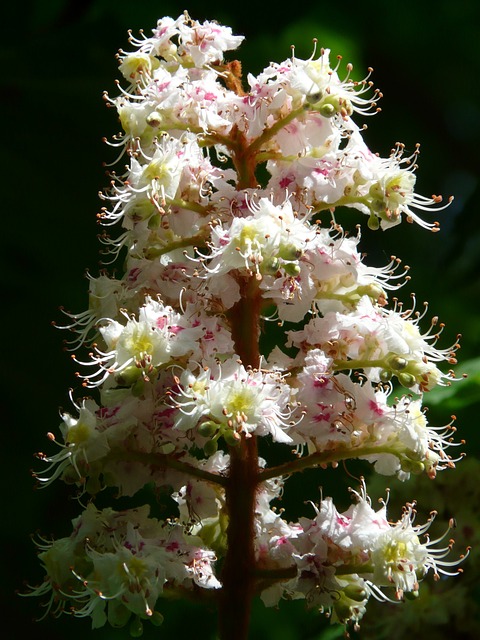Real estate professionals are leading the way in sustainable community development by creating eco-friendly environments that balance environmental, social, and economic well-being. Through strategies like integrating renewable energy, efficient waste management, and sustainable landscaping, mixed-use communities promote walkability, reduce carbon footprints, and foster social connections. Community engagement and collaboration drive long-term growth, leading to vibrant, resilient neighborhoods that thrive ecologically and socially.
Sustainable community growth is a vital, evolving landscape where real estate plays a pivotal role. In today’s digital era, eco-conscious development isn’t just a trend—it’s a necessity. This article explores how real estate can shape sustainable communities through strategic initiatives like promoting green housing and fostering collaboration. We delve into the key aspects, from the environmental impact of construction to community engagement, providing insights that emphasize the importance of responsible, inclusive growth.
The Role of Real Estate in Shaping Sustainable Communities

The real estate industry plays a pivotal role in fostering sustainable community growth by designing and developing spaces that cater to environmental, social, and economic sustainability. Eco-friendly buildings, green spaces, and walkable neighborhoods are becoming increasingly popular as people seek more sustainable living options. Real estate professionals can contribute to this shift by incorporating renewable energy sources, efficient waste management systems, and sustainable landscaping practices into their projects.
Moreover, real estate developers have the power to create mixed-use communities that promote walkability and reduce carbon footprints. By integrating residential, commercial, and recreational areas, these developments minimize the need for lengthy commutes, encourage active transportation, and foster social interactions within the community. Ultimately, responsible real estate practices can lead to more vibrant, resilient, and environmentally conscious neighborhoods.
Strategies for Promoting Eco-Friendly Housing Development

In the realm of sustainable community growth, real estate plays a pivotal role in shaping our future. Promoting eco-friendly housing development is more than just constructing green buildings; it involves strategic initiatives that reduce environmental footprints while enhancing livability. One key strategy is encouraging dense urban development, which minimizes land use and conserves natural habitats. By focusing on mixed-use neighborhoods, we can reduce the need for long-distance commutes, thereby lowering carbon emissions from transportation.
Additionally, real estate professionals should emphasize energy-efficient design and renewable energy sources in new constructions. Utilizing materials that are locally sourced and sustainable reduces the environmental impact of construction. Implementing green amenities like community gardens, rainwater harvesting systems, and efficient waste management infrastructure further contributes to a more sustainable lifestyle for residents. These strategies not only preserve our planet but also foster a sense of community among folks who prioritize living harmoniously with nature.
Community Engagement and Collaboration for Long-Term Sustainability

Community engagement and collaboration are pivotal for fostering long-term sustainable growth in real estate developments. Active participation from residents, local businesses, and stakeholders creates a shared sense of ownership and responsibility for the environment and community well-being. By incorporating public input and feedback into planning processes, developers can design spaces that meet the unique needs and aspirations of the community, enhancing social cohesion and environmental stewardship.
Collaborative efforts enable the implementation of innovative solutions, such as green infrastructure, sustainable transportation options, and energy-efficient amenities. These initiatives not only benefit the immediate neighborhood but also contribute to a larger urban sustainability agenda. Effective collaboration ensures that real estate projects become catalysts for positive change, creating vibrant, resilient communities that thrive ecologically and socially.






